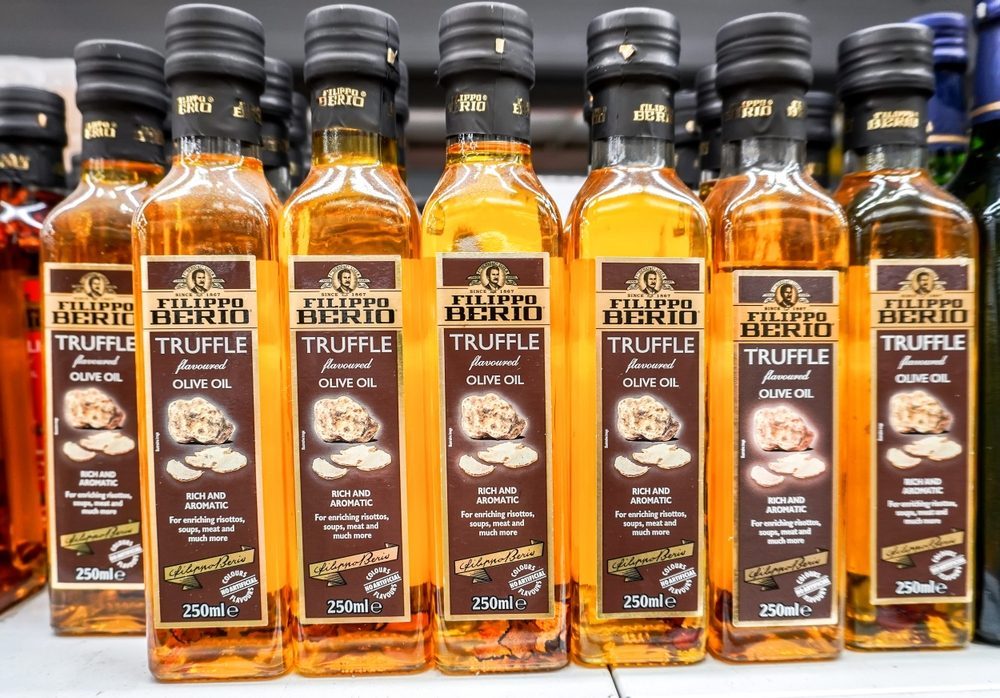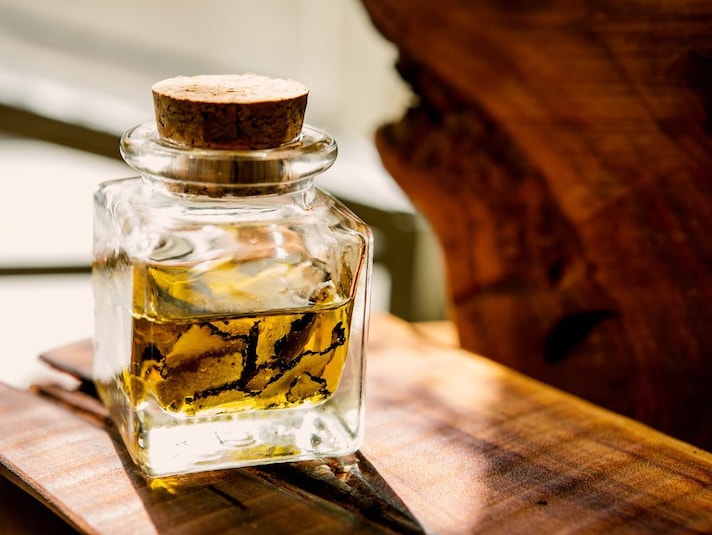What’s Really in That Truffle Oil? Natural and Artificial Flavors
This is a versatile condiment that often appears in the supermarket, even at popular prices: however, you must be careful not to choose a low-quality one, where the truffle scent is only an imitation.
;Resize,width=742;)
Bringing a truffle– based dish to the table is not an everyday occurrence: the prized hypogeal mushroom, in fact, is not commonly found in the supermarket, but is a sought-after food with high costs. Easier to find, however, is truffle oil, which often appears on the shelves at a convenient price and: how is this possible? Simple: in that little bottle ideal for seasoning pasta dishes, risottos, eggs and other dishes, the key ingredient contains chemical aromas that replicate its unmistakable scent, just like it happens with other truffle products, such as packaged creams and sauces. Let's see what these synthetic aromas are, what to pay attention to and how to choose a good quality oil.
Artisanal Truffle Oil: What Are The Ingredients it Must Have
Let's start with the ingredients of an artisanal truffle oil: it should contain a good extra virgin olive oil and fragments of fresh truffle, white or black depending on the variety. It is a condiment with a very short shelf life, given that the mushroom deteriorates quickly: it is consumed in a week at most. It can be prepared home made, but it is not a product intended for sale, as the costs would be unsustainable for any company.
To increase profitability there are different solutions that ensure a longer shelf life with a relative reduction in prices: for example, drying the truffles and adding the flakes to the oil, even if the aroma is penalized with dehydration and the pleasant intense truffle effect would no longer be there, or, as frequently happens, resorting to the use of aromas that give the same organoleptic sensations.

The most popular aroma is bismethylthiomethane, an organic compound naturally present in truffles, particularly the white Alba truffle, which gives it its characteristic sulphurous scent: fine oils use this substance by extracting it from the mushroom and indicating on the label the words “natural aromas” or “only natural aromas”. Although in fresh truffles the molecule responsible for its smell actually prevails (the percentages most of the time do not go beyond 3%), these are quality products that require a certain expense for small quantities, which can even exceed 60 dollars for 250 ml.
Chemical Flavors: Bismethylthiomethane That Comes From Petroleum
In low-cost truffle oils, however, the presence of bismethylthiomethane is always found, but synthesized in the laboratory starting from petroleum: it is not harmful to health, it is legal, and it is one of the most common chemical aromas used to simulate the smell of truffles. Its composition imitates the volatile compounds present in the fresh one, giving a penetrating and recognizable aroma, even if it greatly simplifies the complex and delicate scent of the real mushroom, affecting the tasting. From this we understand that towards the consumer who is looking for an authentic product, a potentially “fake” one is offered.

The label acts as a compass: generally, when the words “flavors", “seasoning based on truffle flavors” or “product containing truffle flavors” appear on the packaging of truffle oil, without any other specification, the ingredient is artificial. Furthermore, when purchasing, it is important not to incur a real counterfeit: an expensive truffle oil accompanied by a generalist label probably is.
;Resize,width=767;)
;Resize,width=712;)
;Resize,width=712;)
;Resize,width=712;)
